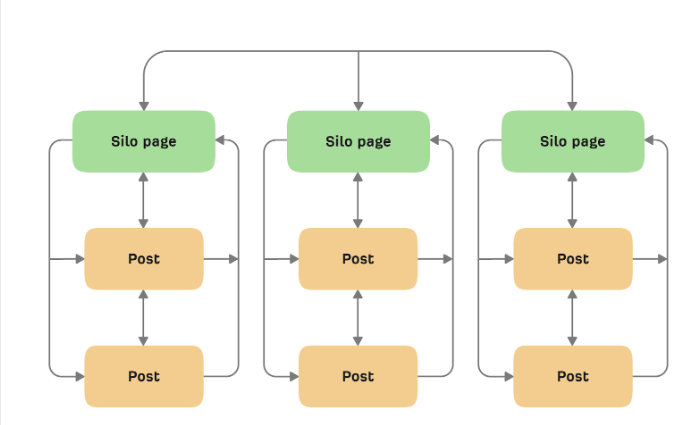To prioritize important pages for crawlers using internal linking, focus on linking frequently and early to your high-value pages (such as pillar content or money pages), use descriptive and varied anchor text, and organize your content into topic clusters with a clear hub-and-spoke structure. Ensure these important pages are accessible within the fewest clicks from the homepage or other high-authority pages, and place internal links contextually within content rather than just in navigation or footers.
Key internal linking techniques include:
- Link to and from content-heavy, high-authority pages to signal their importance and distribute link equity effectively.
- Use descriptive anchor text that clearly indicates the linked page’s topic, mixing variations to avoid over-optimization and provide context to search engines.
- Build topic clusters where a central pillar page links to related subtopic pages and vice versa, helping search engines understand topical relevance and improving crawl efficiency.
- Prioritize contextual links within the main body of content over navigational links, as these pass more SEO value and better guide crawlers and users.
- Limit the number of internal links per page to a reasonable amount (e.g., 3-4 in long-form content) to avoid dilution and maintain user focus.
- Use static HTML absolute URLs for internal links to ensure crawlability and proper link equity flow.
- Ensure important pages are reachable within few clicks from the homepage or other key pages, minimizing crawl depth and improving accessibility.
By applying these techniques, you help search engines prioritize your most valuable pages, improve crawl budget efficiency, and enhance overall site SEO performance.





